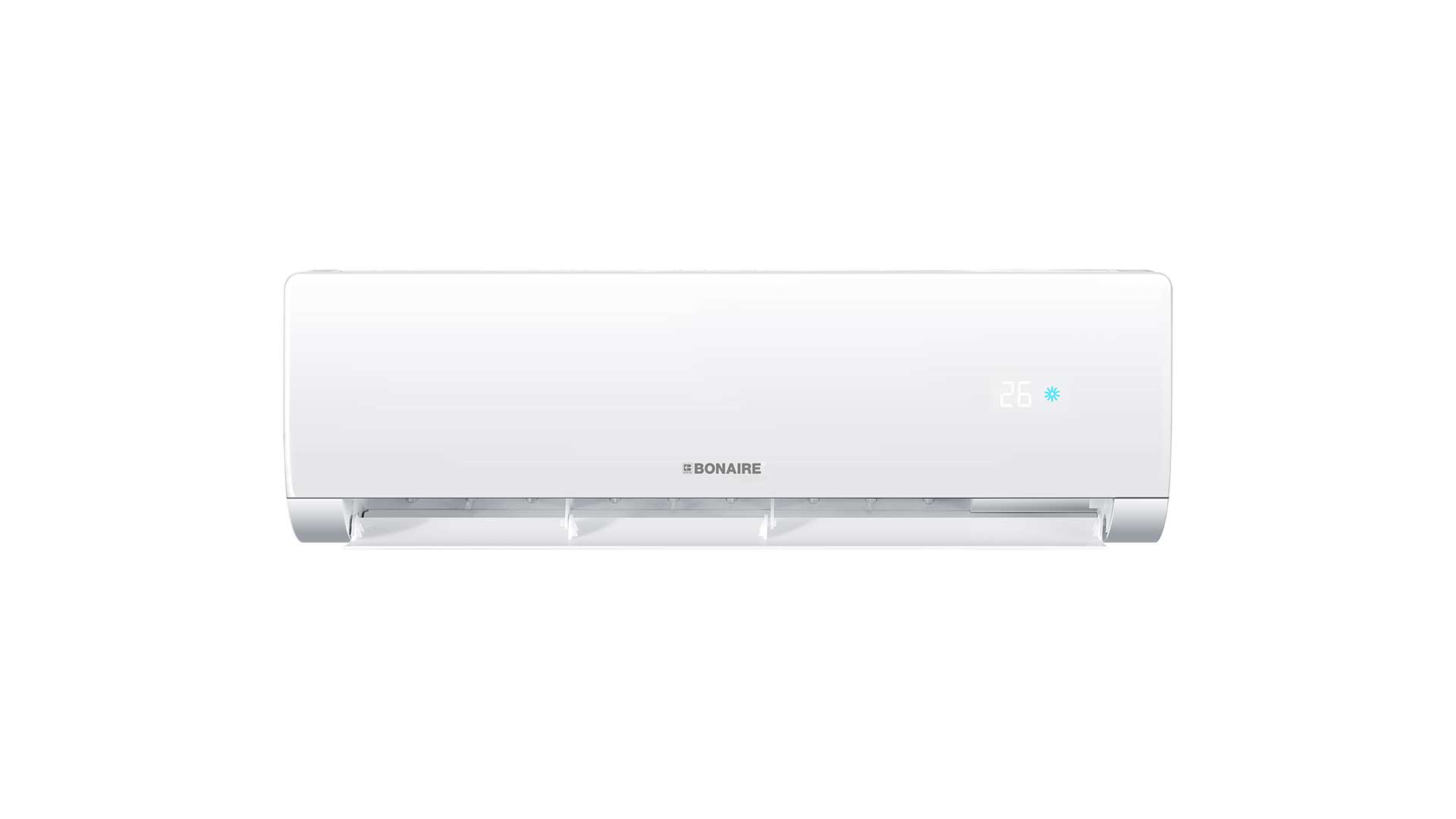How to Do Bonaire Air Conditioning Installation Correctly?

Introduction
Installing an air conditioning system is a crucial task that requires precision and expertise. When it comes to Bonaire air conditioning installation, doing it correctly is essential to ensure the system operates efficiently and lasts for a long time. In this comprehensive guide, we will walk you through the process of installing a Bonaire air conditioning unit properly. Whether you are a DIY enthusiast or planning to hire a professional, this article will provide you with valuable insights and instructions to get the job done right. So, let's dive in!
How to Do Bonaire Air Conditioning Installation Correctly?
Correctly installing a Bonaire air conditioning system involves several steps, each of which plays an important role in ensuring optimum performance of the unit. Below, we've outlined a detailed, step-by-step guide to successful Bonaire air conditioning installation in Melbourne:
Step 1: Selecting the Right Bonaire Air Conditioning Unit
To kickstart your installation process, you must first choose the right Bonaire air conditioning unit for your space. Consider factors such as the size of the area you want to cool, the unit's energy efficiency rating, and any specific features you desire. Investing time in research at this stage will lead to a more comfortable and cost-effective cooling experience.
Step 2: Calculating Cooling Requirements
Before making a purchase, it's crucial to calculate the cooling requirements of your space accurately. An undersized unit may struggle to cool the area efficiently, while an oversized one will lead to unnecessary energy consumption. Use Bonaire's sizing guidelines or consult a professional to determine the ideal cooling capacity needed for your specific room or building.
Step 3: Preparing the Installation Site
Once you have the right Bonaire air conditioning unit, the next step is to prepare the installation site. Choose a location that allows for proper airflow and easy access to maintenance. Additionally, ensure the area is clear of any obstructions and debris that could interfere with the unit's performance.
Step 4: Assembling the Necessary Tools
Before you begin the installation process, gather all the necessary tools required for the job. Some common tools include a drill, screwdrivers, level, tape measure, and safety equipment. Having everything ready at hand will streamline the process and prevent unnecessary delays.
Step 5: Installing the Indoor Unit
Begin the installation by mounting the indoor unit on the wall at the predetermined location. Use a level to ensure the unit is perfectly straight. Follow the manufacturer's instructions to attach the unit securely and make the necessary electrical connections.
Step 6: Mounting the Outdoor Unit
Next, it's time to install the outdoor unit. Choose a location that provides proper ventilation and is away from direct sunlight or extreme weather conditions. Ensure the unit is placed on a stable surface and use anti-vibration pads to minimize noise.
Step 7: Connecting the Refrigerant Lines
With both the indoor and outdoor units in place, it's time to connect the refrigerant lines. This step requires precision and expertise to prevent refrigerant leaks, which can significantly impact the system's efficiency. If you're not confident in handling this task, it's best to seek professional assistance.
Step 8: Electrical Wiring and Testing
After the refrigerant lines are connected, proceed with the electrical wiring. Double-check all connections to ensure they are secure. Once the wiring is complete, perform a thorough system test to verify that the air conditioning unit is functioning correctly.
Step 9: Checking for Proper Airflow
Proper airflow is crucial for an air conditioning system's efficiency. Regularly inspect and clean the filters to prevent dust buildup, which can obstruct airflow. Additionally, ensure that there are no obstructions around the indoor and outdoor units that could hinder the flow of air.
Step 10: Conducting Regular Maintenance
Even after successful installation, regular maintenance is essential to keep your Bonaire air conditioning system in top condition. Follow the manufacturer's maintenance guidelines and schedule periodic professional inspections to identify and address any potential issues promptly.
FAQs (Frequently Asked Questions)
Can I Install a Bonaire Air Conditioning System Myself?
- While DIY installation is possible, it's essential to have a good understanding of electrical and refrigerant systems. If you lack experience, it's safer and more prudent to hire a licensed professional to ensure a correct and safe installation.
How Long Does Bonaire Air Conditioning Installation Take?
- The installation time varies depending on the complexity of the project and the size of the system. On average, it may take anywhere from a few hours to a full day to complete the installation process.
Does Bonaire Offer Warranty for Their Air Conditioning Units?
- Yes, Bonaire provides a warranty for their air conditioning units. The warranty terms and coverage may vary depending on the model and location, so it's essential to review the warranty information before making a purchase.
Can I Install a Bonaire Air Conditioning Unit in any Room?
- While Bonaire air conditioning units are designed to be versatile, some rooms may not be suitable for installation due to size or ventilation issues. It's best to consult with a professional to determine the most appropriate location for your unit.
How Often Should I Replace the Air Filters?
- Air filters should be cleaned or replaced regularly to maintain optimal system performance. Check the manufacturer's guidelines for the recommended frequency, but typically, filters should be cleaned or replaced every one to three months.
What Should I Do If My Bonaire Air Conditioning System Malfunctions?
- If you encounter any issues with your Bonaire air conditioning system, the first step is to check the troubleshooting section of the user manual. If the problem persists, contact a certified technician for a thorough inspection and repair.
Conclusion
Installing a Bonaire air conditioning system correctly is crucial for its efficient and long-lasting performance. By following the step-by-step guide provided in this article, you can ensure a successful installation process. Remember to select the right unit, calculate cooling requirements, and perform regular maintenance to enjoy a cool and comfortable indoor environment for years to come.



